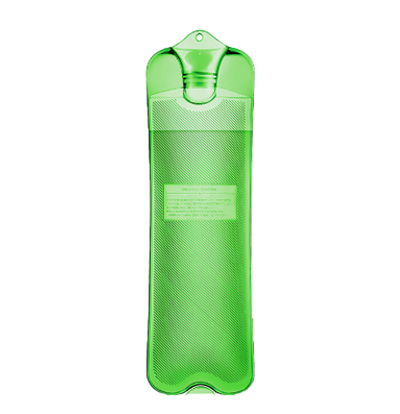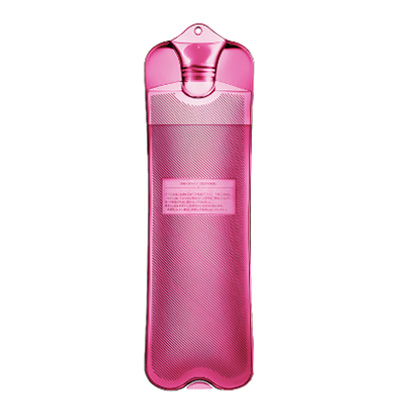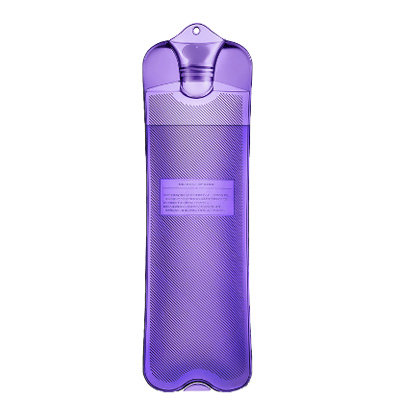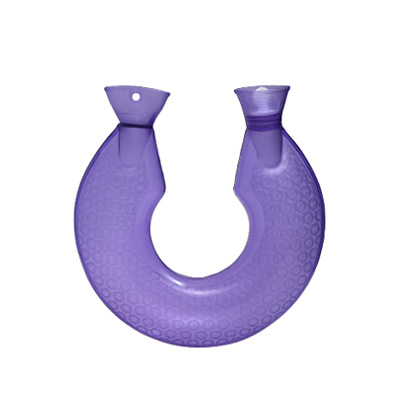- PVC hot water bottles are practical and effective items for relieving dysmenorrhea in women
- Holding a warm hand: Let's talk about the winter comfort brought by PVC hot water bottles
- Although PVC hot water bottles are good for keeping warm, don't ignore these scenario-based risks
- Use PVC hot water bottles during the cooling season? Beware of low-temperature burns!
- PVC hot water bottles are gentle relief helpers after a stiff neck

- Jangjiang +86 180 6855 6003
- Miss Sheng +86 137 0612 6383
- Address:4-18, Yangtze River Delta Mould City, High-tech Zone, Wujin District, Changzhou
Price and supply and demand are two-way constraints. The relationship between supply and demand determines commodity prices, and prices are also constrained by many factors.
Recently, the turmoil in the relationship between Russia and Ukraine has led to the rise of international crude oil prices. So, for textile people, will this increase in crude oil prices have an impact on the textile and garment industry chain?
Event overview
On the night of the 21st local time and at 3:00 a.m. on the 22nd, Beijing time, in order to prevent the Russian and Ukrainian armies from continuing to exchange fire, President Putin delivered a televised speech to the entire Russian nation, officially announcing: Russia supports the two eastern states of Ukraine, namely Donetsk and Russia. The two regions of Luhansk became "independent" and signed a series of military and economic cooperation treaties with the governments of the two regions. The Russian army will be responsible for safeguarding the security of the two regions.
A Brief Analysis of the Historical Causes of the Wudong Incident
On April 4, 1949, the North Atlantic Treaty Organization was established, referred to as NATO. The organization includes 12 initial member states including the United States, Britain, France, Canada, Italy and many other Western countries. NATO has a large number of nuclear weapons and conventional forces, and is essentially an important military force for Western countries. Before the end of the Cold War between the United States and the Soviet Union, the number of NATO members increased to 16. In 1991, after the disintegration of the Soviet Union, NATO has been expanding eastward. Today, there are more than 30 NATO members.
The continuous eastward expansion of NATO has doubled the pressure on Russia. On Russia’s western border, only Ukraine and Belarus have not joined NATO. This has forced Russia to make strategic adjustments, and its attitude towards the West has changed from the initial “soft” to “complete”. toughness".
Before 2014, Ukraine had been oscillating between "pro-Russian" and "pro-Western". In March 2014, affected by the Crimea incident, Ukraine accelerated its approach to the West, and once Ukraine joined NATO, Belarus would be blocked by NATO on three sides. Encirclement does not rule out the possibility of Belarus joining NATO under the influence of economic sanctions, color revolutions and other factors in the future, and this is not what Russia wants to see. For major powers, the loss of geographical buffer borders will pose a threat to territorial integrity and sovereign independence. "Ukraine cannot join NATO, this is Russia's bottom line". Ukraine has a population of 41.58 million, of which Ukrainians account for 77.8% and Russians account for 17.3%. "Pro-Russian factions" and "pro-Western factions" continue to conflict within Ukraine. The Dprnie River is the mother river of Ukraine. It flows south into the Black Sea. There are 6 hydropower stations along the way. The vast and fertile black land makes Ukraine the third largest grain exporter in the world and the granary of Europe. But Ukrainian crude oil. Natural gas and other resources are scarce, and 90% is dependent on imports. Russia, Kazakhstan and Azerbaijan were all suppliers of crude oil to Ukraine. In order to ensure the safety of Russia's Black Sea Fleet, in March 2014, Crimea, which is dominated by Russians, voted to join Russia. The task of the Black Sea Fleet is to control the Turkish Strait and go out to the Mediterranean to deal with the US Sixth Fleet. If Ukraine joins NATO and Russia does not control Crimea, the Black Sea Fleet will be locked. Ukraine has two clear requirements for joining NATO: First, Ukraine and Russia must not have conflicts. Second, the two countries must not have territorial disputes. If Russia and Chen soldiers on the Ukrainian border, and Ukraine chooses to go to war, it will directly lose the qualification to join the treaty.
The Russian freeze incident is bound to have an impact on the international financial market. The international crude oil price has reached the highest level since 2014. The Russian RTS index plummeted by 17% on the evening of the 21st, and the yield of government bonds rose sharply. So, what impact will the rise in crude oil prices have on the textile and apparel industry?
Rising crude oil prices may affect the polyester industry
As we all know, the crude oil-textile industry chain takes crude oil as the source of production, and takes PX, PTA, PET, polyester filament, textile and other products as the main line. Petroleum is used as a raw material to produce PX (para-xylene), PX is used to produce PTA (purified terephthalic acid), PTA is an important bulk petrochemical product, PTA and MEG (ethylene glycol) are synthesized to produce PET (polyester), the global More than 90% of PTA is used to generate PET. The price monitoring of the global textile network shows that, affected by the rise in crude oil prices, the prices of PX, PTA and polyester chips have all risen to a certain extent. However, under the influence of price transmission factors, the short-term rise and fall of crude oil prices has little direct impact on textiles, and its impact is mainly reflected in chemical fibers, dyes, and auxiliaries, which indirectly affect the textile industry. In addition, from the perspective of supply and demand, this incident has little impact on the international crude oil supply. Whether the impact of short-term geopolitical factors on prices will continue depends mainly on the attitudes of Ukraine and individual Western powers.
Changzhou Yuefeng Plastic Products Co., Ltd. specializes in the production of hot water bottle, PVC hot water bottle, hand warm hot water bottle, cold water sack, insert hot water bottle,cervical spine hot water bag, plush hot water bottle.
- Holding a warm hand: Let's talk about the winter comfort brought by PVC hot water bottles
- PVC hot water bottles are practical and effective items for relieving dysmenorrhea in wome
- Although PVC hot water bottles are good for keeping warm, don't ignore these scenario-base
- Use PVC hot water bottles during the cooling season? Beware of low-temperature burns!
- PVC hot water bottles are gentle relief helpers after a stiff neck
- Warmth in the Cold Wave Practical Protection with PVC Hot Water Bottles
- Details show thoughtfulness Yuefeng PVC Hot Water Bottle: A great choice for home heating
- With eco-friendly materials and long-lasting insulation, the Yuefeng PVC hot water bottle
- When it's cold, be careful when keeping warm. The choice of hot water bottle material is r
- How can we use PVC hot water bottles more safely?



